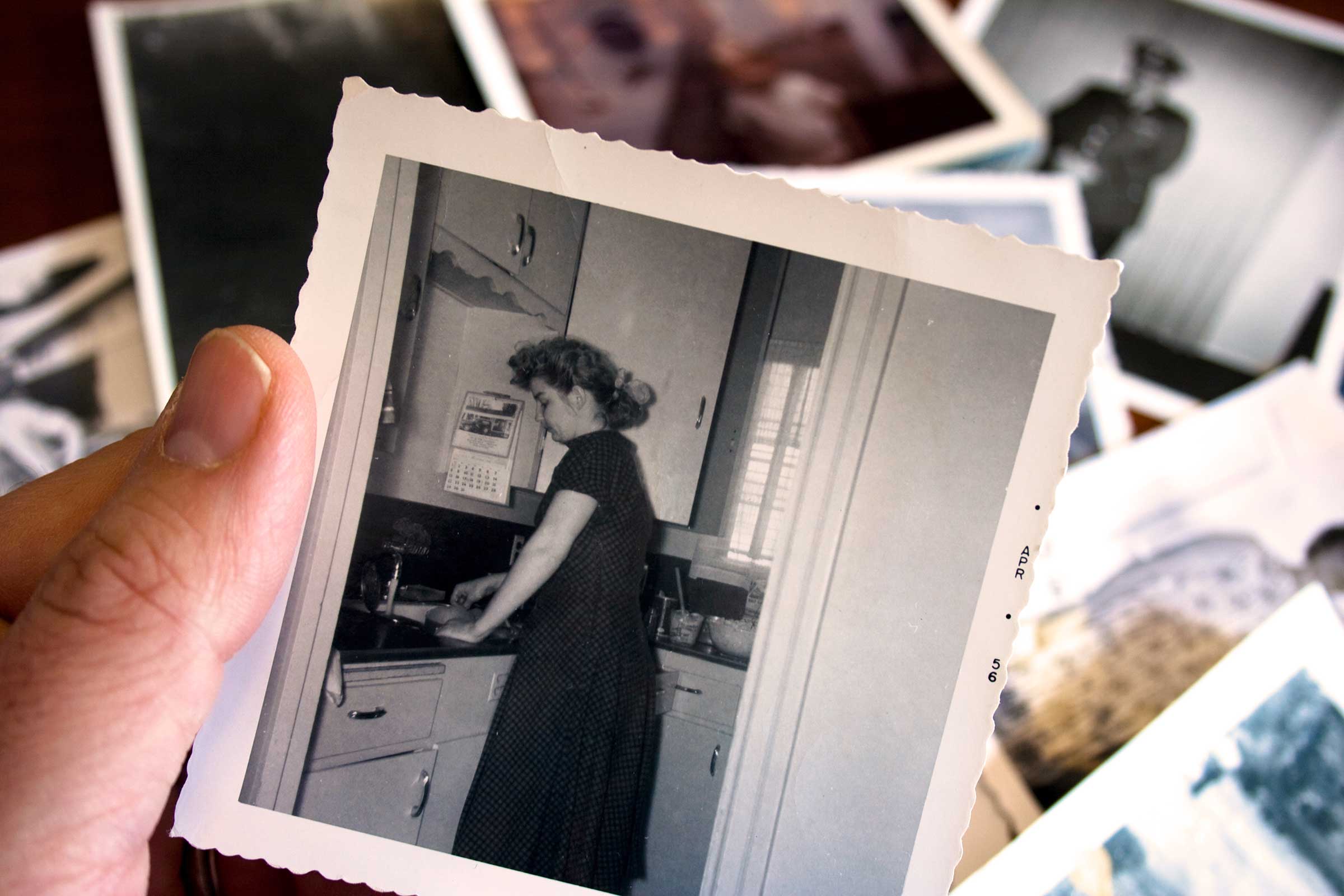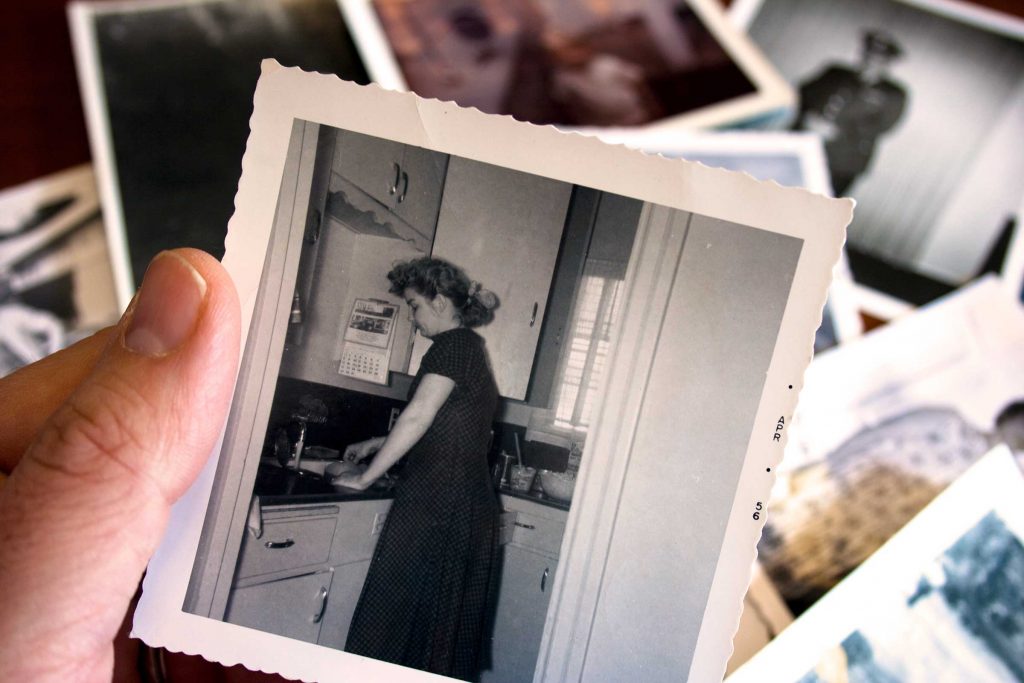How to Save Old Family Photos For Future Generations

As printed photos age, they can fade, get brittle or acquire color casts. They demand, but seldom get, good tender loving care. You need to know how to keep the originals, and also consider digitizing them for future generations.
1) Store in a Dry and Cool Place
Old photos can curl as the paper layers and the coating dry over the years. Different layers dry at different rates. There are many ways to flatten them. The method you choose would depend on the material of prints – very old photos used different material than 1970s-80s photos. It would also depend on the amount of curl and degree of dryness. Try placing them overnight under a stack of heavy books. If this doesn’t work, and the photos aren’t ancient or brittle, wrap 10-12 photos around a large soft tube (such as a roll of kitchen tissue) to counteract the curl. Use rubber bands to hold them in place, leave overnight. For more drastic measures, see this article, but please be careful.
2) Protect from Direct Light
Do you have rare, old family photos hanging in your living room? Photo prints fade fast if exposed to light. If you have original pictures on display, take them down. Scan and reprint them for framing and display, and store the originals safely. The culprit here: ultra-violet rays, that can affect the photographic chemicals and bleach them.
3) Don’t Write Directly on Photos
It’s important to to ensure that details about old family photos, such as dates, places, people’s names etc. aren’t forgotten. But don’t annotate these on or behind the photos with a pen or ball pen. If you must write behind the prints, use a pencil. A better option is to scan the photos and add digital annotations (This is very easy: We explain how further down).
Look through your collection of old family photos. Chances are that you will come across a few with dates and details scribbled in ink. Your best bet is to scan them, then use a photo editing program such as Photoshop or Gimp to restore them. If you don’t have the necessary software or skills, look online for photo restorers. Once you have clean, restored digital files of the photos, you can have fresh prints made.
4) Store in Acid Free Albums or Photo Boxes
At one time (1970s?), magnetic albums were very popular. Then, in the 1980s and ’90s, one-hour photo print shops would return your prints in those flimsy, free plastic albums. Both those are BAD for your photos. Always use acid-free, lignin-free containers.
Also, don’t use paper clips, rubber bands, tape, glue etc. to bundle them together. Over time, these can curl, bend or mark the photos. It is also a good idea to keep photos away from food and drink.
5) Digitize Your Prized Photographs
Even when you have digitized your old photos, don’t consider tossing the original prints. Put them in storage, if necessary, but they are the Real McCoy – paper from the same era as the photos. Don’t lose them!
6) Archive Digital Versions in Two Places
How to Digitize Photos
- A flatbed or wand (handheld) scanner,
- An “outsourced” scanning service,
- A smartphone and scanner app
- Any high quality digital camera

